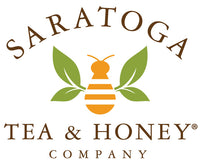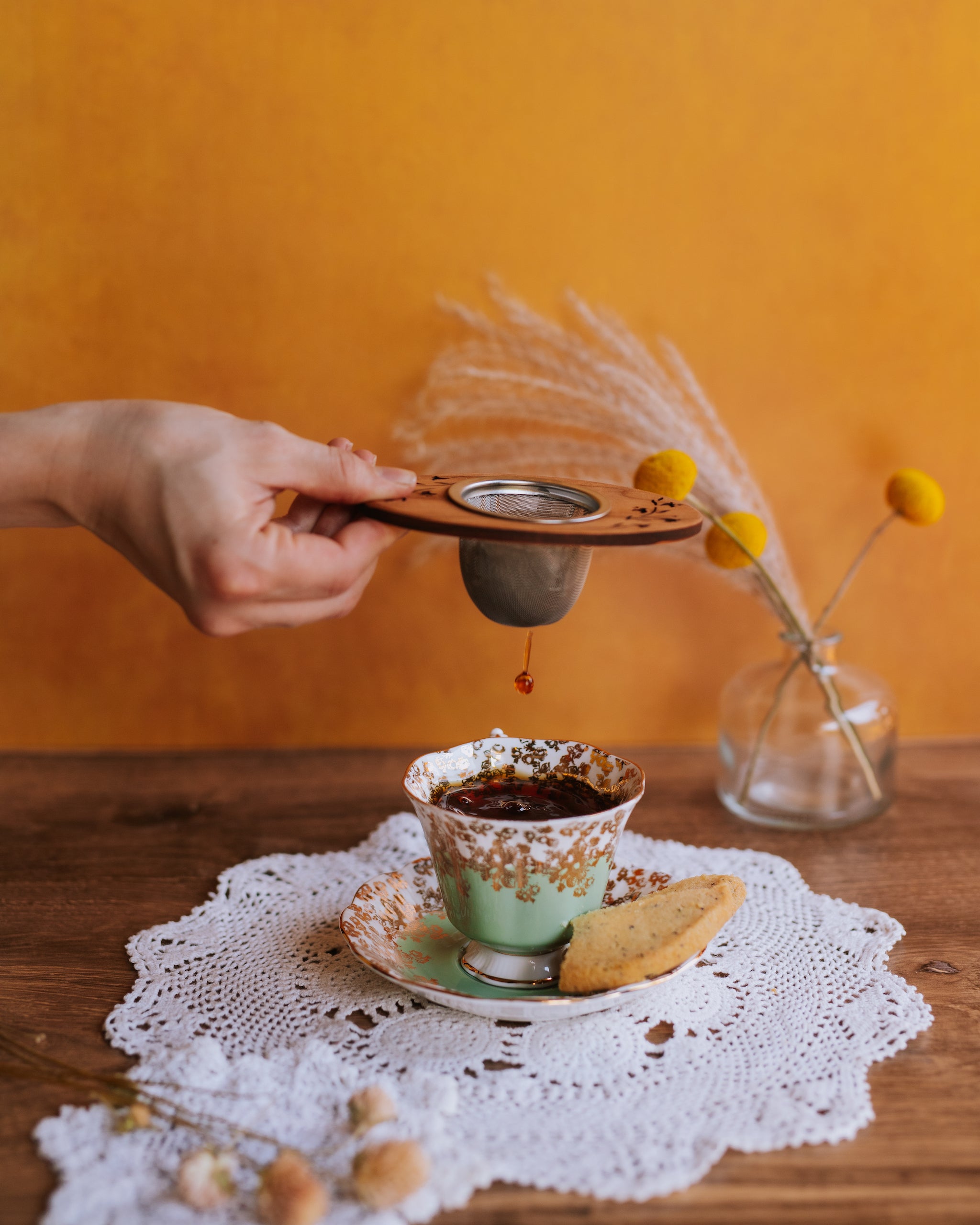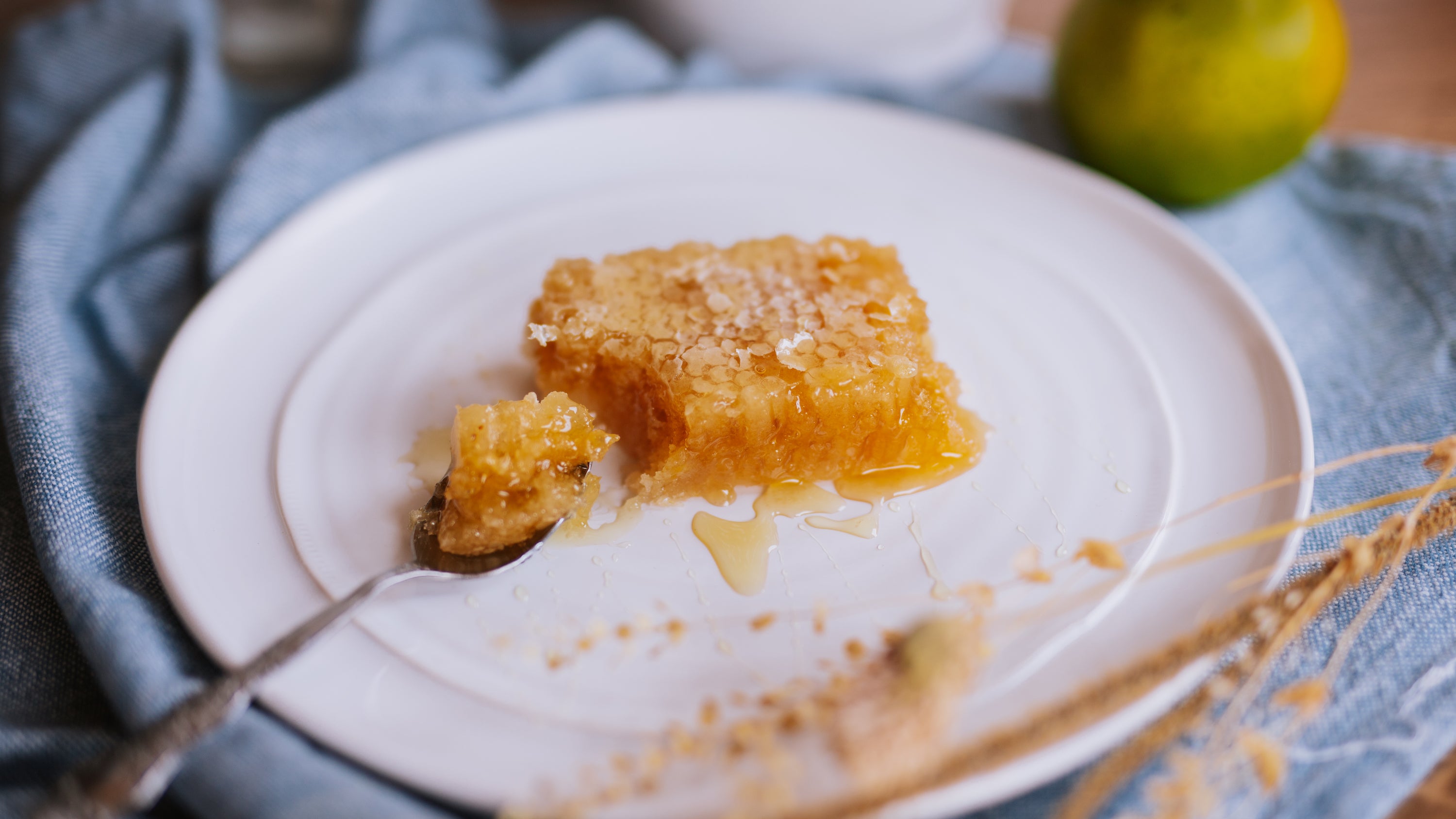
Put simply, matcha is green tea powder that is whisked in water to create a frothy, delicious, and healthful drink. This simple explanation misses much of the nuance that makes matcha special, however, so we hope you will keep reading to learn more about how matcha is produced, why matcha is so highly regarded in Japan and around the world, and how best to prepare matcha for yourself at home.
Where does matcha come from?
Originally brought to Japan from China by Buddhist monks in the 12th century, the meditative process of preparing matcha as part of the ritualistic chanoyu ceremony became deeply ingrained in Japanese culture even as powdered teas lost popularity in China. For this reason, though powdered tea originated in China it is now most commonly associated with Japan.
Now matcha may be made in many areas of the world, but the best matchas still come from Uji, Japan and its shaded tea gardens.
How is matcha made?
Matcha is made from tencha, a special form of shaded green tea made from the choicest leaves with the stems and veins of the leaves removed. Shading the tea leaves makes the plant work harder for sunlight and increases production of chlorophyll and theanine, thought to be responsible for matcha's umami flavor. Prior to the deveining that sets it apart from other shaded green teas, tencha is made like other Japanese green teas, including steaming as the method used to halt oxidation.
Very few matchas will be made from single-origin tencha. Instead, master tasters will combine different tenchas to achieve the desired flavor and texture profiles for different matcha preparations.
Traditionally, tencha was ground by hand using special granite millstones to create the powdered matcha. Though the grinding is now mechanized and many producers use stainless steel grinders, our matcha producer Marukyu Koyamaen still grinds using stone millstones and grinds each batch of matcha to order.
Is ceremonial matcha better than food grade matcha?
It depends on what you mean by better. In Japan, producers do not designate matcha as ceremonial. Instead, they produce matchas for certain preparations (either usucha, thin matcha, or koicha, thick matcha). Better for you will be determined by your tastes and how you prefer to enjoy your matcha.
Often in the US wary consumers will look for ceremonial matcha to make sure they are buying real powdered green tea that is not cut with milk powder, sugar, or other substances. All of our matcha at Saratoga Tea & Honey Co. is 100% green tea from Uji, Japan, so we focus less on culinary versus ceremonial designations and instead determine which matcha to use based on the intended preparation.
In our matcha collection, we have our Matcha Wakatake, which is excellent for use in everyday matcha preparations, matcha lattes, cooking, baking, and smoothies. We also offer two matchas intended for ceremonial preparations: Matcha Wako and Matcha Unkaku.
Does matcha have caffeine?
In a word, yes. Matcha is a green tea and all tea contains caffeine. Because matcha is consumed in powdered form, it actually has more caffeine than loose leaf green tea and is comparable to a cup of coffee in terms of caffeine content.
That being said, Buddhist monks took the trouble of bringing matcha to Japan not only because of its meditative preparation, but also because it was an excellent beverage for increasing focus and alertness for meditation.
Most matcha enthusiasts report that the caffeination they feel from matcha is more balanced and extended over a longer time period than caffeination from coffee. This is because the caffeine in matcha binds to the catechin also found in tea, making it more difficult for your body to digest. Caffeine in tea has also been found to stimulate the central nervous system by enlarging the blood vessels in the cerebral cortex, increasing the ability to focus and concentrate, as well as mental acuity. In contrast, the caffeine in coffee directly affects blood circulation and stimulates the heart rate, perhaps leading to its reputation for the jitters.
How do you prepare matcha?
While the chanoyu ceremony is very precise, preparing matcha at home does not need to be complicated. In fact, stripped down to its most basic elements, all you need to make matcha is a bowl, a whisk, and the matcha itself.
We have a more in-depth guide to making iced and hot matcha at home here. But for now, know this:
- Warm your matcha bowl with 195°F water.
- Discard your water and add 2 grams of matcha (we recommend sifting, but you do not need to).
- Add 1.5 to 2 ounces of 195° F water.
- Use your whisk to bring the matcha up off the bottom of the bowl, then whisk vigorously in a "W" motion for around 30 seconds with your whisk just barely brushing the bottom of the bowl.
- Add more water or foamed milk and sweetener, as desired.



